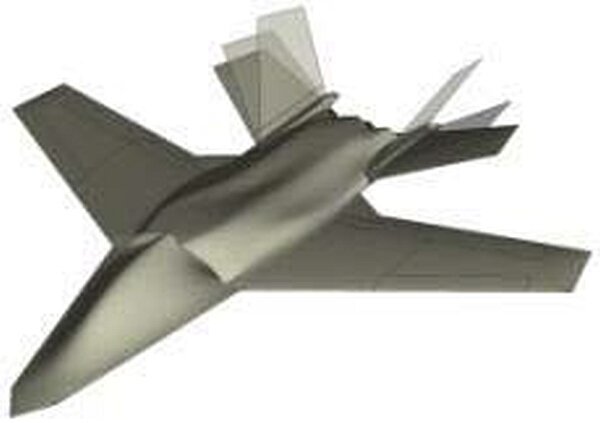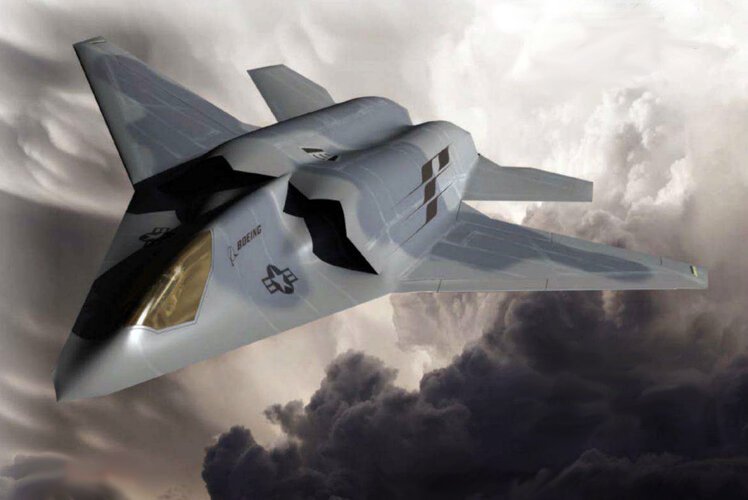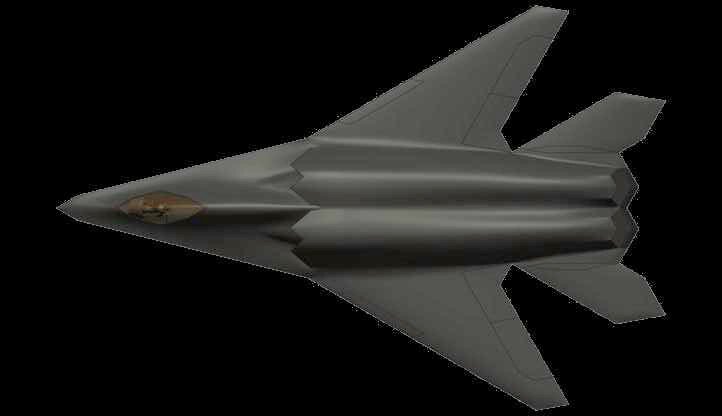For VCE, a 3rd channel air flow should increase diameter. If outer channel dia. is restricted, so is inner channels, means impact on thrust.
Nah, more channel doesn't increase inlet size because the core (combustion chamber) is always much smaller. After all the air is compressed before being burned.
For flight at differnt speeds & altitudes, the area of intake, engine inlet & exhaust are related mathematically, IDK exactly how. Those propulsive efficiency formulas & equations are too much for me to handle.

That's why you should normalize it to sea level. For the F22 I think it was around 250 kg.
The problem here is we don't know if VCE and thrust increase given is normalized or not. This isn't your ordinary engine. The papers seems to give only a 10% increase for this technology. So the other missing 10% might indicate a need to increase air flow, hence, intake area.
How can a 6gen jet have :
- more weapons
- more fuel
- more range
- more speed
BUT engines smaller than previous ones?
If you reduce CS by 4-5%, then volume has to be compensated by increasing length, impacting area required for intakes, inlets, as i showed in diagram few pages back.
Look at my posted schematics. Counting pixels the CS was reduced to about 91.4% right after the intake section.
The saved space is due to the intake ducts no longer present or rather only 33% left for my design idea ofhaving it split up.
The removed fuel volume is compensated by incresing wing area which is required due to increased weight (payload+more fuel: a vicious cycle) and body length (longer IWB).
What I've not mentioned yet are the options for reducing intake duct volume.
Aside from DSI there are three more:
1. A slit design. It's the simpless of all but it seems to require an increase in "incoming" length at the lip. So not ideal for a small craft. I like it best due to simplicity eventhough I'm not certain about all the parameters that make it work yet.
2. A skrew duct. It reduces length dramatically due to the nature of round surfaces being large. Frankly, for the same reason it's undesireably wide and wiggling around. And imho the unused space is wasted and unuseable.
3. A similar design to above but applied to an ordinary duct. My bet is on this design.
I'll post a revised sketch sometime later for an evolved redesign but still losely based on the rendered design/source from the video.



